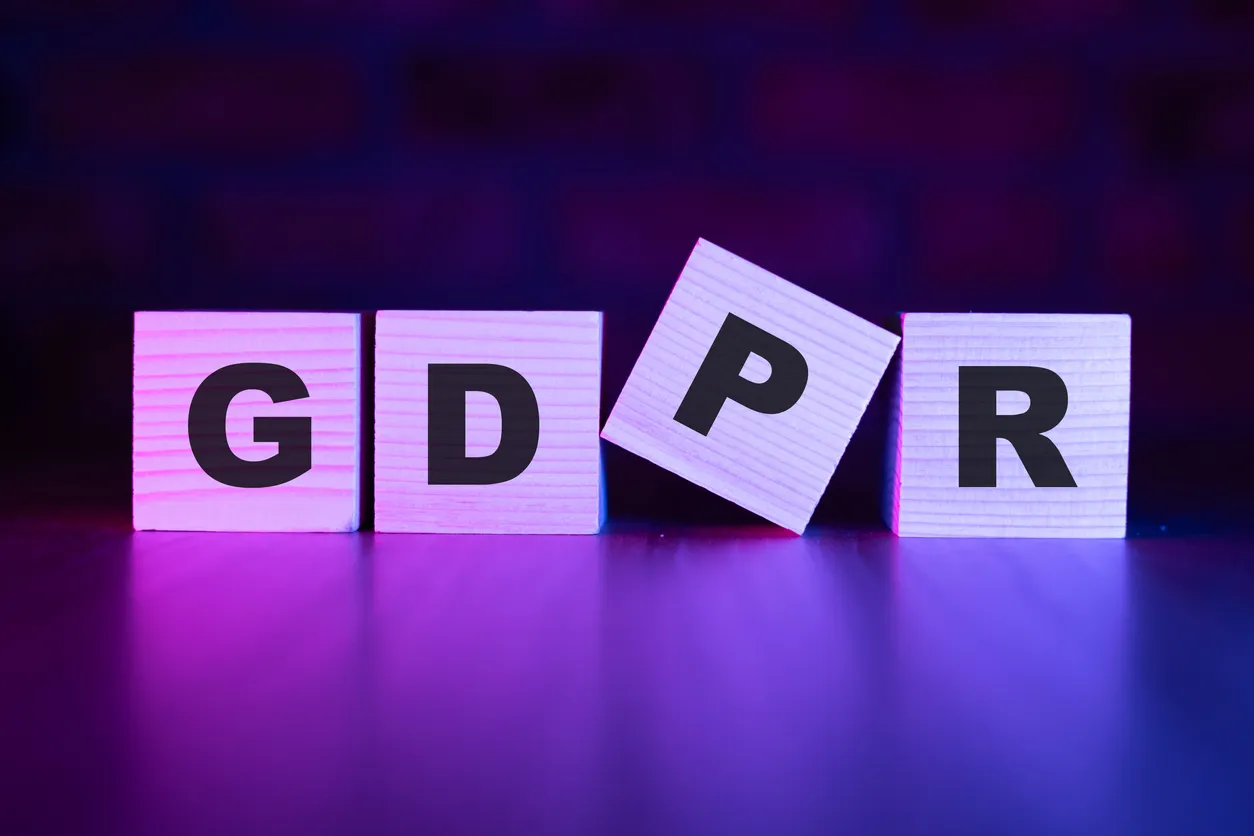Why Standards Matter for Hard Drive Destruction
- Traceability — proving which drives were destroyed, when, and how.
- Auditability — having itemised certificates and reports that withstand regulator or insurer scrutiny.
- Governance — embedding destruction in a wider information security management system (ISMS).
- ICO fines under the UK GDPR
- Insurance claims rejected due to lack of evidence
- Reputational damage when lost devices resurface online
- Environmental non-compliance if disposal routes are unchecked
GDPR – The Legal Baseline
- Article 5(1)(e): personal data must not be kept longer than necessary.
- Article 32: security of processing, including secure disposal.
- Article 5(2): accountability — organisations must be able to demonstrate compliance.
NCSC Guidance – Practical Security Standards
- Sanitisation vs destruction based on data sensitivity.
- Ensuring drives cannot be reconstructed.
- Maintaining strict chain of custody during transfer and storage.
NPSA (Formerly CPNI) – High-Security Physical Standards
- Government departments
- Defence contractors
- Operators of critical national infrastructure (CNI)
NIST 800-88 – International Best Practice
- Clear — logical techniques such as overwriting.
- Purge — more advanced erasure methods.
- Destroy — physical methods such as shredding.
ISO 27001 – Integrated Information Security Management
- Documented processes and procedures
- Defined roles and responsibilities
- Regular internal and external audits
- Continuous improvement cycles
Comparing the Standards
| Standard | Type | Focus | Typical Application | Astralis Alignment |
|---|---|---|---|---|
| GDPR | Legal | Accountability & data security | All UK organisations | Certificates & audit trails |
| NCSC | Technical guidance | Practical destruction & sanitisation | UK enterprises & public sector | Secure processes & chain of custody |
| NPSA | Protective security | Physical control & verification | Government, Defence, CNI | Secure facility & protocols |
| NIST 800-88 | Technical best practice | Methodology (Clear, Purge, Destroy) | International & public sector | NIST “Destroy” compliant methods |
| ISO 27001 | Governance | Management systems & audits | All | Certified ISMS with continual improvement |
ESG and Environmental Accountability
- Recycling vs landfill rates
- Material recovery metrics
- Redeployment statistics
How Astralis Ensures Compliance Across All Standards
- Secure facilities — Paxton-controlled access, 24/7 CCTV, fenced perimeter, covered loading areas.
- In-house destruction — no subcontractors, ensuring end-to-end control.
- Immediate certification — itemised Certificates of Destruction or Erasure, issued as standard.
- Digital verification — secure client portal with downloadable certificates and reports.
- Aligned accreditations — ISO 9001, ISO 14001, ISO 27001, Cyber Essentials Plus, and Environment Agency registration.





